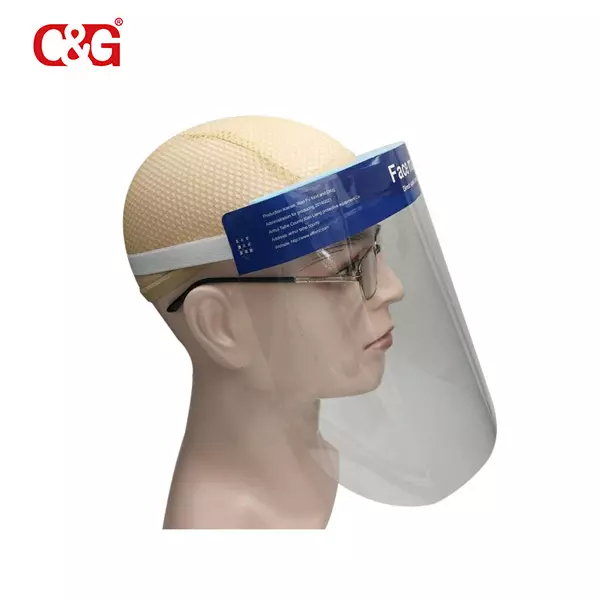Shanghai, China
+86-17317656853
inquiry@cgprotection.com




Disposable Face shield(Non sterile)



If you need timely service, please contact us through online chat on our website
or Email: inquiry@cgprotection.com
WhatsApp: +8617317656853

Model:5120951
Features: Prevent the risk of cross infection due to splashing of liquid infection sources such as saliva/blood. High transmittance filter material - minimize color difference and eye discomfort, light and flexible - suitable for long time wearing without weight bearing. And will not easily occur bending and fracture phenomenon. Soft and cushioned forehead and elastic band make it easy to wear, light and comfortable without any ligature marks. Anti fog- avoid water vapor accumulation on the shield, which may affect the visual observation. Surface coating- to avoid scratches affecting the light transmittance and durability of the shield.
Function: Prevent liquid splashing and Anti-fog
Application: working environment with risk of cross infection caused by splashing of saliva / blood and other liquid infection sources, such as hospital, police station, checkpoint , Jail, etc
Specification: 320*220cm*0.2mm
Meas: 690mm*390 *400mm/8.4kgs. 1 unit/small bag 10 small bag / medium bag,20 medium bag /CTN










© 2023 Shanghai C&G. All Rights Reserved.